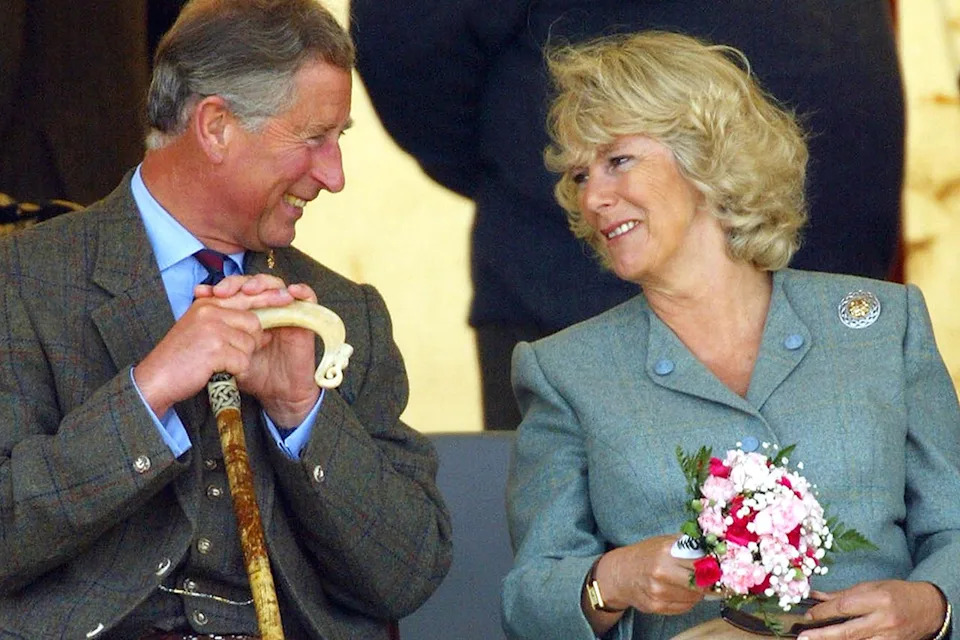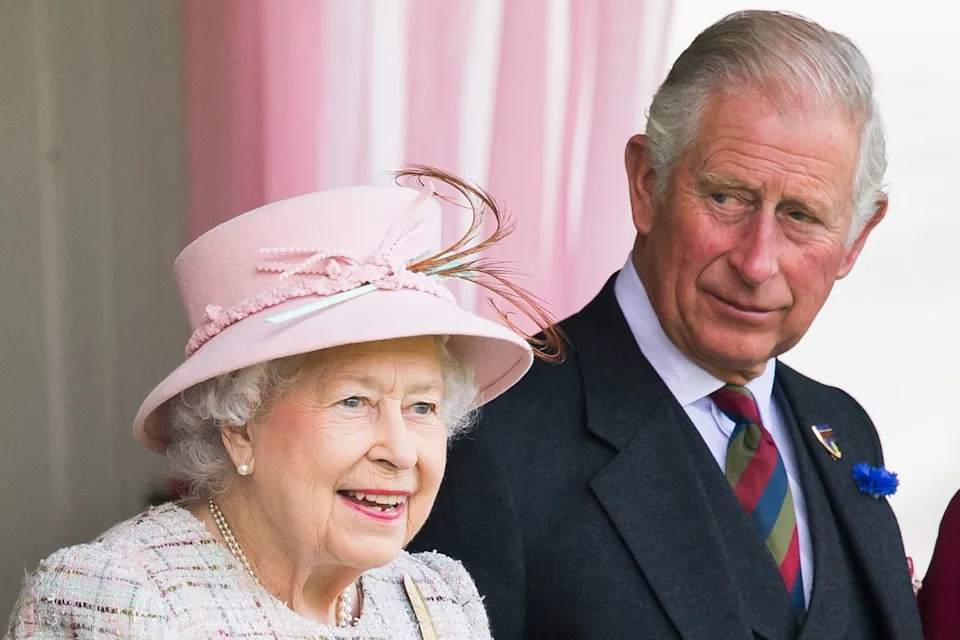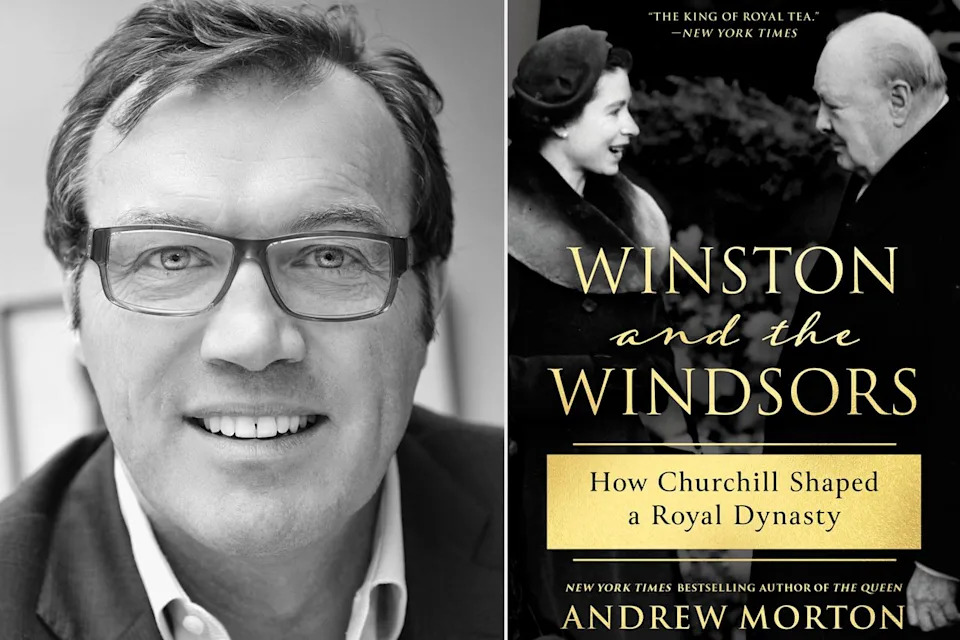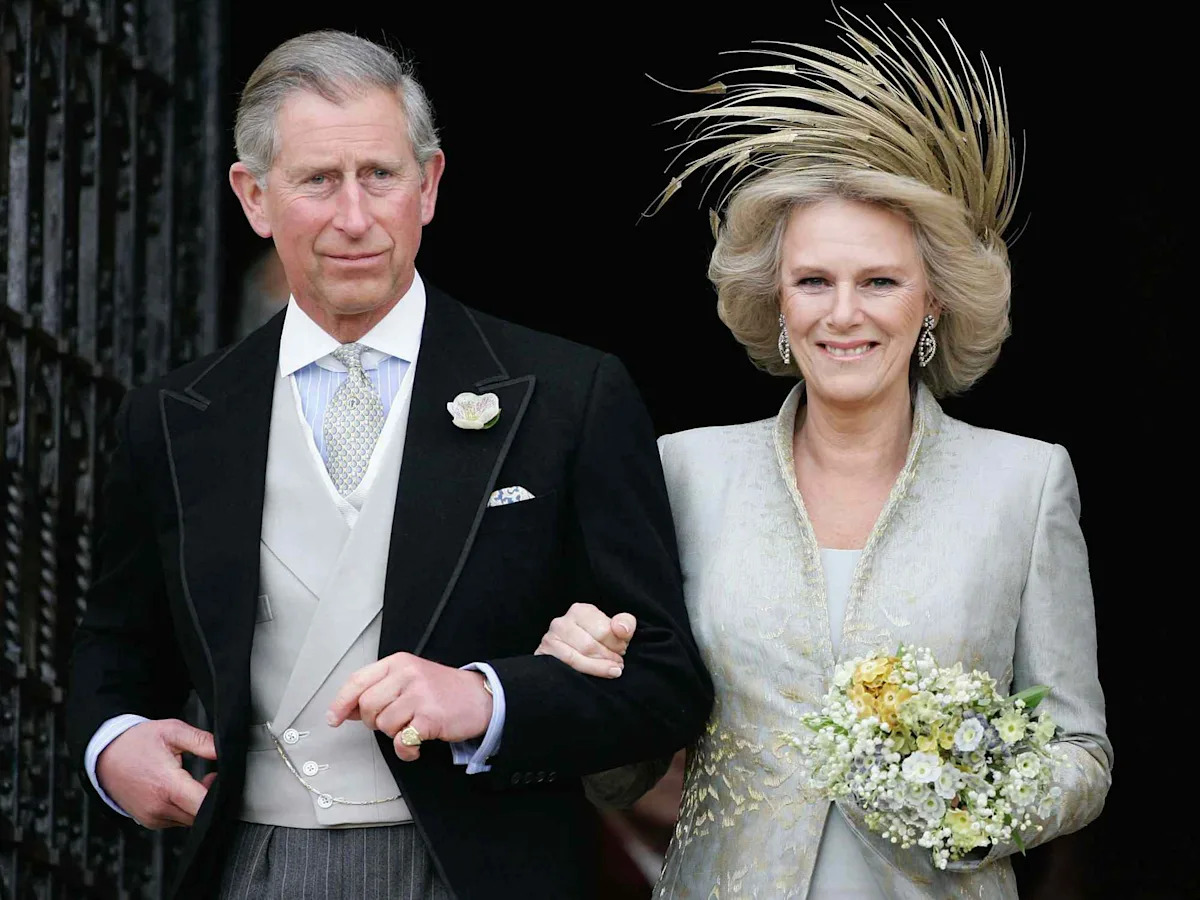King Charles used the “long-game” approach espoused in a different era by renowned Prime Minister Sir Winston Churchill when he was bidding to get the then Camilla Parker Bowles accepted
The suggestion comes from royal biographer Andrew Morton, whose book Winston and the Windsors is out on Oct. 21
Morton is famous for his groundbreaking biography of the late Princess Diana, Diana: Her True Story
When the future King Charles wanted to make the then-Camilla Parker Bowles his wife, he relied on a tried-and-tested royal formula: play the long game, and gradually, people will be accustomed to the change.
He told courtiers that Camilla was a permanent non-negotiable part of his life, and they set about gradually making her more acceptable to the British people — firstly by getting a skeptical media, which had been so pro-Princess Diana, onside, and then easing her into the public consciousness. It took several years, but the couple was married in 2005, eight years after Diana’s sudden death in Paris.
The long game was something that Churchill would have advised, too, especially concerning his onetime friend King Edward VIII.
Biographer Andrew Morton tells PEOPLE, “Churchill always felt Edward VIII would find what he called a ‘pretty cat’ and settle down. He never imagined for a living second that he would give up the throne to marry this woman whom, by his own admission, he’d enjoyed only a platonic relationship with.”

Christopher Furlong/Getty
The then Prince Charles and Camilla Parker Bowles at the Mey Games in Caithness, Scotland in Aug. 2007
“Churchill was more, I would argue, on the laissez-faire side of the royal family. His policy for Edward VIII was just to play for time, to just get through the coronation and gradually introduce the object of your desire to the public in a gradual way through staged photographs,” Morton says.
However, the monarch didn’t want to wait to make twice-divorced Wallis Simpson his wife and had to abdicate the throne after 326 days, before he even had a coronation.
Churchill’s place alongside the royal family is explored in Morton’s new book, Winston and the Windsors, out Oct. 21. Morton — famous for his Diana: Her True Story, which (with her cooperation) shed light on the late royal’s unhappy marriage — says the tactic espoused by Churchill for another king was “exactly how Prince Charles did it.”
He adds, “In 1992, when Charles and Diana separated, Prime Minister John Major told the House of Commons there were no plans for them to divorce. There was a sense of Diana and Charles arriving at Westminster Abbey in separate coaches on the day of the coronation.”

Samir Hussein/WireImage
The late Queen Elizabeth and Prince Charles at the Braemar Games, Scotland in Sept. 2017
“I think it’s fair to say that Charles learned from the abdication that you don’t push it, you play in the long game,” he says. “Camilla started out as the Duchess of Cornwall. It was going to be queen consort and now it’s Queen, and there hasn’t been rioting in the streets.”
Morton adds, “The point about Churchill is that he was not a moralizer. He didn’t look in the rearview mirror. Once that something had been inside it, he moved on to the next thing.”
For the young Queen Elizabeth, acceding to the throne at just 25 after the unexpectedly early death of her father, King George VI, Churchill was a mentor, guide and counsel through the early years of her reign.

Ken Lennox; Hanover Square Press
Andrew Morton and the jacket for his new book, Winston and the Windsors
Can’t get enough of PEOPLE’s Royals coverage? Sign up for our free Royals newsletter to get the latest updates on Kate Middleton, Meghan Markle and more!
“There have been lots of politicians have advised a single reign, but no politician or statesman has ever been like Churchill and advised and been an integral part of a dynasty. He had a long, sparky relationship with George V. His friendship with Edward VIII nearly cost him his career, and a bromance with George VI,” he says. “And he was in love, it’s fair to say, with the late Queen. He would emerge from audiences with tears of laughter rolling down his cheeks.”
The feeling of admiration became mutual. “There’s little doubt that he was her favorite of the 15 prime ministers that she had,” Morton adds.
Read the original article on People
